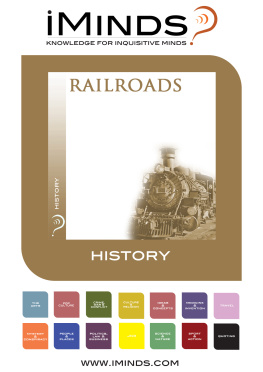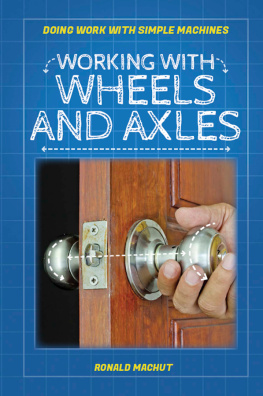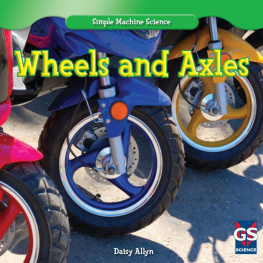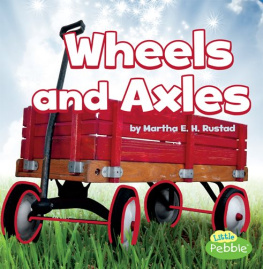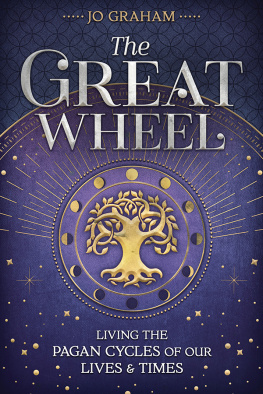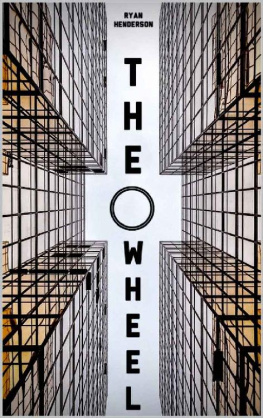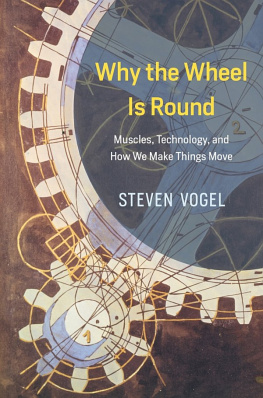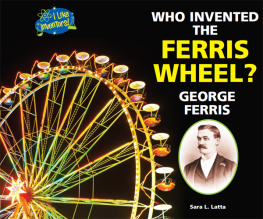The Wheel
COLUMBIA STUDIES IN INTERNATIONAL AND GLOBAL HISTORY
COLUMBIA STUDIES IN INTERNATIONAL AND GLOBAL HISTORY
MATTHEW CONNELLY AND ADAM MCKEOWN, SERIES EDITORS
The idea of globalization has become a commonplace, but we lack good histories that can explain the transnational and global processes that have shaped the contemporary world. Columbia Studies in International and Global History encourages serious scholarship on international and global history with an eye to explaining the origins of the contemporary era. Grounded in empirical research, the titles in the series transcend the usual area boundaries and address questions of how history can help us understand contemporary problems, including poverty, inequality, power, political violence, and accountability beyond the nation-state.
Cemil Aydin, The Politics of Anti-Westernism in Asia: Visions of World Order in Pan-Islamic and Pan-Asian Thought
Adam M. McKeown, Melancholy Order: Asian Migration and the Globalization of Borders
Patrick Manning, The African Diaspora: A History Through Culture
James Rodger Fleming, Fixing the Sky: The Checkered History of Weather and Climate Control
Steven Bryan, The Gold Standard at the Turn of the Twentieth Century: Rising Powers, Global Money, and the Age of Empire
Heonik Kwon, The Other Cold War
Samuel Moyn and Andrew Sartori, eds., Global Intellectual History
Alison Bashford, Global Population: History, Geopolitics, and Life on Earth
Adam Clulow, The Shogun and the Company: The Dutch Encounter with Tokugawa Japan
The Wheel
Inventions & Reinventions
Richard W. Bulliet
Columbia University Press
New York
Columbia University Press and the author wish to express their appreciation for assistance given by an anonymous donor toward the cost of publishing this book.

Columbia University Press
Publishers Since 1893
New York Chichester, West Sussex
cup.columbia.edu
Copyright 2016 Columbia University Press
All rights reserved
Library of Congress Cataloging-in-Publication Data
Bulliet, Richard W., author.
The wheel : inventions and reinventions / Richard W. Bulliet.
pages cm. (Columbia studies in international and global history)
Includes bibliographical references and index.
ISBN 978-0-231-17338-4 (cloth : alk. paper)
ISBN 978-0-231-54061-2 (e-book)
1. WheelsHistory. I. Title.
TJ181.5.B85 2015
621.8dc23
2015020787
A Columbia University Press E-book.
CUP would be pleased to hear about your reading experience with this e-book at cup-ebook@columbia.edu.
COVER IMAGE: (top) Bridal carriage (Collection of the Kunstammlungen der Veste Coburg, Coburg, Germany; (middle) model of Chinese chariot (DEA / E. LESSING / Granger, NYCAll rights reserved); (bottom) Benz Patent Motorwagen (Flickr.com)
COVER DESIGN: Jordan Wannemacher
References to websites (URLs) were accurate at the time of writing. Neither the author nor Columbia University Press is responsible for URLs that may have expired or changed since the manuscript was prepared.
published with the aid of a grant from Figure Foundation
coded by idea rolls the self autograph
To my son and editor
Mark Bulliet
Contents
Given, as I am, to doing my thinking out loud, I am particularly grateful to the three undergraduates who took my seminar on wheeled transportation in 2012: John Clay Evans, Kevin K. OConnell, and Angelina Sapienza. As my ideas began to jell, I had three opportunities to experiment with them in lecture format. My thanks go to Professor James A. Riley, who was instrumental in my being invited to present the F. E. L. Priestley Lectures in the History of Ideas at the University of Toronto in 2012; to my old friend Professor Roy Mottahedeh, who facilitated my giving the Richard N. Frye Lecture at Harvard in 2013; and to Professor Wallace Broecker, who, at the suggestion of Professor David Ho of the University of Hawaii, invited me to speak at the Earth Science Colloquium of the Lamont-Doherty Earth Observatory of Columbia University in 2013. A number of good and patient friends listened to my monologues and read the manuscript as it began to emerge. Notable among them are Jahan Salehi, Ramzi Rouighi, Howard Shawn, and Hossein Kamaly. As the text finally came together, my son Mark repeatedly urged me to continue rewriting and did two incisive edits of the entire manuscript, from which I benefited more than I can say. Finally, Irene Pavitt markedly improved the manuscript with her expert editing, and Karen Ehrmann did a superb job of researching images and obtaining permissions.
In 1850, the steam engine was ranked as the worlds greatest invention. By 1950, the wheel, a much older invention, had surpassed it. The advent of the electric motor and internal-combustion engine partly explains the decline of the steam engine; but the spread of automobiles, trucks, and busesnot to mention grocery carts, bicycles, and roll-aboard luggageplayed a greater role. For in 1850, the wheeled vehicles that rumbled over the cobblestones of city streets and jounced along the rutted dirt roads of the countryside seemed neither new nor particularly ingenious.
The question of when and where the wheel first appeared did not excite much interest before the twentieth century, and even now it is hard to find comprehensive accounts of how wheels have been used for transportation in different times and places. Nor has it been recognized that wheels come in three strikingly different forms, each with its own history of invention. Two kinds, wheels that are fixed to the ends of an axle and turn in unison as the axle turnsthe whole apparatus is called a wheelset (3000 B.C.E. They have thus been around for more than five thousand years. The third form, termed a caster, rotates on an axle and also pivots in a socket situated above it, the axis of pivoting being somewhat offset from the axis of rotation. Despite its technological simplicity, the caster seems to have come into use only three hundred years ago, or five thousand years after the other two forms.

FIGURE 1 Railroad wheelsets. (Colourbox.com)
We encounter wheels of all three designs almost daily. Railroad and subway cars originally rolled on wheelsets, whereas road vehicles use wheels that rotate individually, mostly developed from an original form of two wheels rotating independently on the ends of an axle. And casters abound on wheelchairs, gurneys, laundry carts, dollies, baby strollers, and desk chairs.
Steering is key to the three different wheel designs. Locomotives and railcars cannot make sharp turns because in the process of turning, the outer wheel covers a greater distance than the inner wheel and thus must make more rotations. Consequently, when the wheels turn in unison in a wheelset, the outer wheel is skidded or dragged around the turn. Railroad steering is accomplished by following rails, and railroads are designed with only very gradual curves.
Axles with independently rotating wheels do not have this problem, but a wagon equipped with four wheels on two axles still has a hard time turning unless the front wheels can change direction. Pivoting a front axle in its middle underneath a wagon was the most common way of changing the direction of the wheels until two hundred years ago, when alternatives were devised to allow each front wheel to pivot separately. Automobiles use these later modifications and thus can turn much sharper corners than can railroad cars.
Next page

